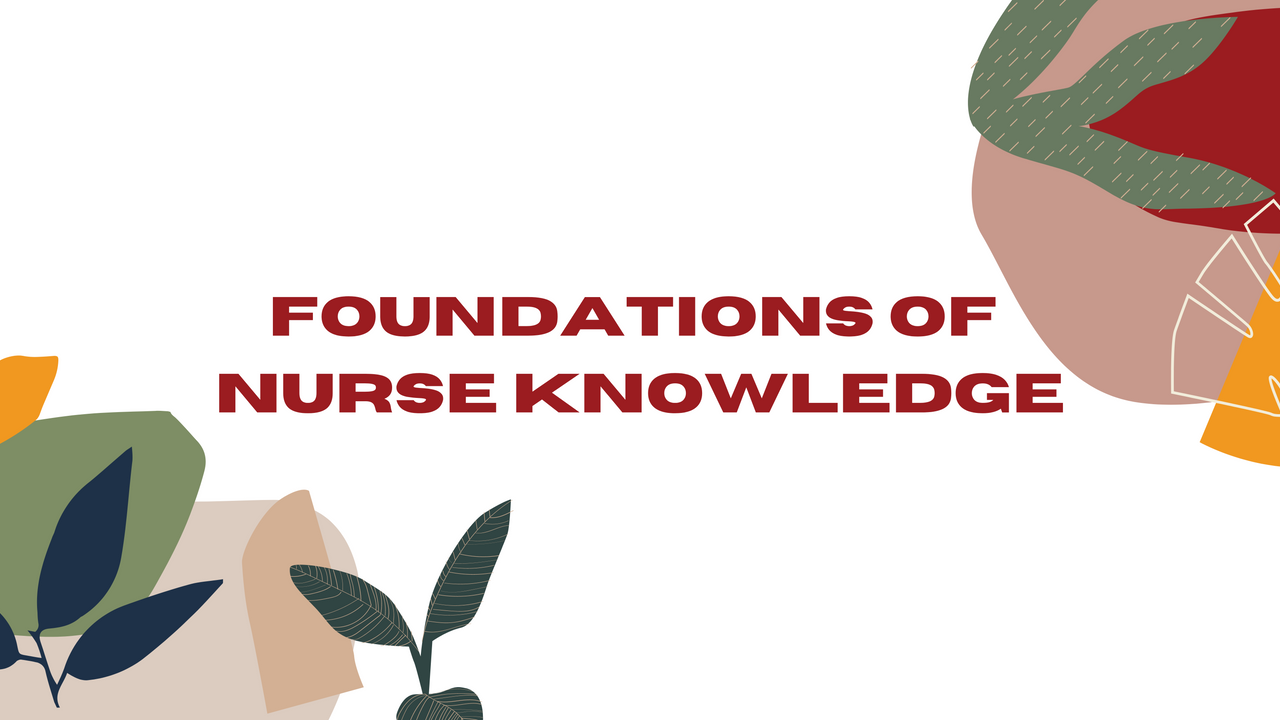The 3 Things ICU Needs from You When They Have a Perinatal Patient

If you are a maternity nurse in the United States in 2021, you will have patients that are in the ICU. It’s not just a hypothetical: it will absolutely happen regardless of where you work. There is more cardiovascular disease (like cardiomyopathy), hypertensive disorders (like HELLP and pre-eclampsia) and postpartum hemorrhages now than in decades past. We tackled much of the physiology of these conditions, as well as the concept of weathering, which is a large underlying factor to the increases we see in our February blog (you can read it here).
No doubt the ICU can be pretty intimidating: there’s lines, monitors and unfamiliar clinicians everywhere. It’s so tempting to want to spend as little time as possible over there. But just like we will happily manage a labor, ICU nurses LOVE monitoring cardiac and respiratory status, dialing in drips and reading those invasive monitor printouts. What do ICU nurses not like? Funduses (fundi?). Also, breast pumps. And a few other thing...
These 4 areas of nurse knowledge come up in almost every case...and it might not be what you think.

If I could boil down lawsuit-proofing your practice into one concept, it would be that we get our best outcomes when we don’t intervene in normal and when we intervene in a timely manner in abnormal. Which means, nurses mainly just need to be able to tell normal from abnormal in order to work towards our best outcomes.
In the cases I review, there are four main areas where nurses struggle to know the difference between normal and abnormal. Most nurses are worried about knowing these majorly obscure things, but in reality that’s never the case (I mean, if I’m having to google it…). These four areas of nursing knowledge deficits are maternal/fetal physiology, uterine activity and labor progress, oxytocin, and fetal monitoring. Wait, what? But Jen! Those are so basic!! Yes, yes they are. So this month, I wanted to answer why nurses should spend time reviewing and cementing their knowledge of the basics, besides not getting yourself involved in a lawsuit.
It’s the standard of care!
...4 Reasons Why Physiologic Birth is Smart Policy

Last week, I got to go to a Spinning Babies class! You know how when you cut out sugar for a bit and then have a cookie and it tastes sooo freaking good? That's how getting to go to an in-person class again was (I know...geez Jen, get a life!). Maybe it was getting to be the student again or that it was so much new, applicable information or Kelly’s really fantastic teaching. But whatever it was, that class rocked my world. Spinning Babies takes physiologic birth and pelvic anatomy, pairs it with clues from a particular labor and delivers a number of stretches, massages, and positions to get those babies out according to whether you need to balance some part of the anatomy or make more room in the upper, mid, or lower pelvis. It’s pretty slick. Of course it isn’t going to eliminate cesarean, but it sure feels great knowing I have a few extra cards to play.
I first taught a class that included physiologic birth as a principle in 2014. I was consulting for a hospital here in Portland OR...
Heart Month: Top Cardiac Reasons Your OB Patient Is In The CVICU and What Happens Once They Are There

This post was co-authored with Cheryl Holub BSN, CCRN-CSC at Legacy Emanuel Hospital in Portland, OR.
If you are a maternity nurse, most likely February doesn’t register as American Heart Month for you. But cardiovascular disease (CVD) is the leading cause of pregnancy-related mortality in the United States and has gradually increased over time (from 7.2 to 17.2 deaths per 100 000 live births from 1987–2015). There’s several reasons for this, both from pre-existing conditions as well as the SERIOUS cardiovascular situation that transpires during pregnancy, regardless of health status. It’s a high flow, low resistance state where the heart increases in size, blood volume increases by 50%, heart rate increases, blood-pressure and systemic vascular resistance drops, and vascular tissue integrity is challenged from hormonal effects. Yikes! Even if all you did for heart month was review the normal cardiovascular adaptations of pregnancy, it would be time well spent.
Racial and ethn...
Whose risk is it anyway? Legal risk is just another way to say patient risk

I’m a clinical educator and AWHONN Fetal Monitoring Instructor, a nursing school professor and a staff nurse. So between patients, students, staff and providers, education is a big part of my work. But I’ve noticed in the last several years, it doesn’t matter what that class is, as soon as they know I review legal cases and serve as an expert witness, it’s all people want to talk about! The nurses who were confident at explaining complex physiology back to me get a weird look. The voices get more hushed. Then the questions start: “Well, is it true that…?” Fill in the blank. “I heard that if you document…” Fill in the blank. Some of these are along the lines of urban legends. Many are things I myself have heard in hospital mandatory risk classes. Very rarely are any of them based in reality.
I try to remind them, just as I remind you reading this now, that the legal risk is just another way of talking about patient risk. It’s not something different…it’s just patient safety. Did that h...
